 1798 - 1863
romanticism
1798 - 1863
romanticism
Description Eugene Delacroix
Eugene Delacroix, born on April 26, 1798, in Charenton-Saint-Maurice, France, emerged as a transformative force in 19th-century art, navigating the tumultuous currents of Romanticism with a distinct and vibrant style. As a maverick in the French art scene, Delacroix defied conventions, earning both acclaim and controversy.
Delacroix's artistic journey began at the Lycée Louis-le-Grand in Paris, where he exhibited a precocious talent for drawing. Encouraged by his family, he entered the studio of Pierre-Narcisse Guérin, embracing the academic tradition. However, his innate passion for color and emotion soon led him to chart an unconventional path within the burgeoning Romantic movement.
Inspired by literary sources, mythology, and his travels to North Africa, Delacroix infused his works with a dynamic energy and intensity. His masterpiece, "Liberty Leading the People," not only captured the spirit of the July Revolution but also showcased his ability to weave political allegory into a visually compelling narrative.
Delacroix's exploration of exotic themes, evident in works like "The Death of Sardanapalus" and "The Women of Algiers," marked him as a pioneer in Orientalism. His fascination with the exotic extended beyond canvas, as he avidly recorded his experiences during a diplomatic mission to Morocco, enriching his artistic palette.
Despite facing criticism from traditionalists, Delacroix became a key figure in French art. His tenure at the Louvre, where he engaged with the masterpieces of the past, further fueled his innovative spirit. As a member of the French Academy, he continued to challenge artistic norms, advocating for individual expression over rigid academic rules.
Delacroix's later years saw a return to religious themes, evident in works like "Christ on the Sea of Galilee." The interplay of light and shadow in these pieces showcased his evolving mastery of color and form. Delacroix's influence extended to the Impressionists and Symbolists, cementing his legacy as a bridge between traditional and modern art.
Eugene Delacroix, who passed away on August 13, 1863, left behind a body of work that resonates with emotional intensity and a fearless pursuit of artistic innovation. His unique vision, characterized by a harmonious chaos of color and passion, continues to captivate audiences and inspire generations of artists worldwide.
Gallery
Paintings Eugene Delacroix
Quotes
What moves men of genius, or rather, what inspires their work, is not new ideas, but their obsession with the idea that what has already been said is still not enough.
A taste for simplicity cannot endure for long.
The artist who aims at perfection in everything achieves it in nothing.
The chief merit of a painting is to be a feast for the eyes.
Artists who seek perfection in everything are those who cannot attain it in anything.
F.A.Q Section
"Liberty Leading the People" (1830): An iconic depiction of Liberty personified leading revolutionaries during the July Revolution in France.
"The Death of Sardanapalus" (1827): A dramatic and emotionally charged scene inspired by the historical account of the Assyrian king's demise.
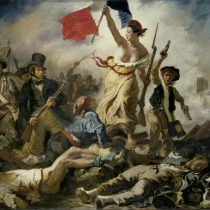
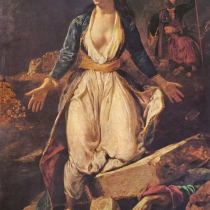


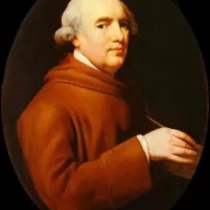
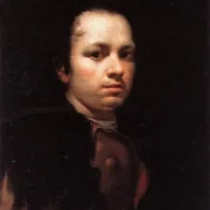

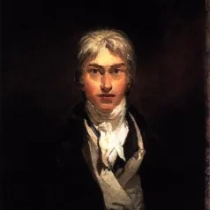
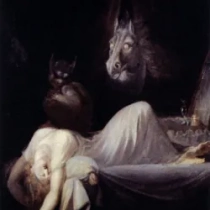





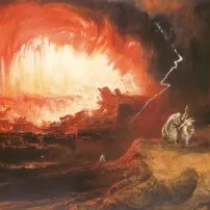

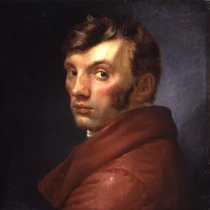



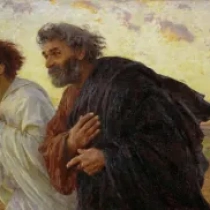
No Comments Yet...